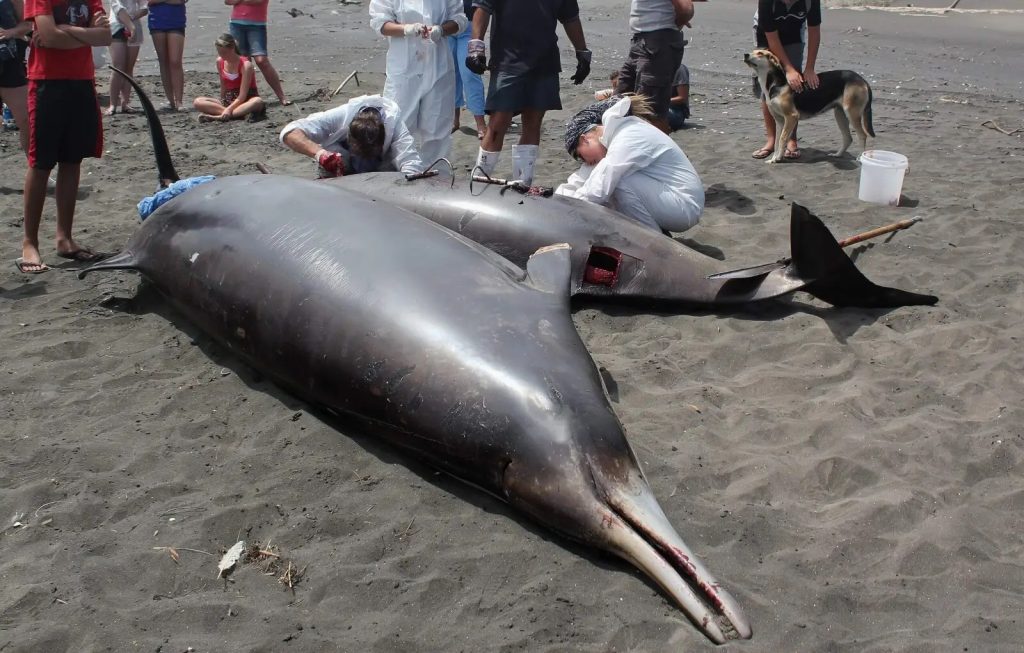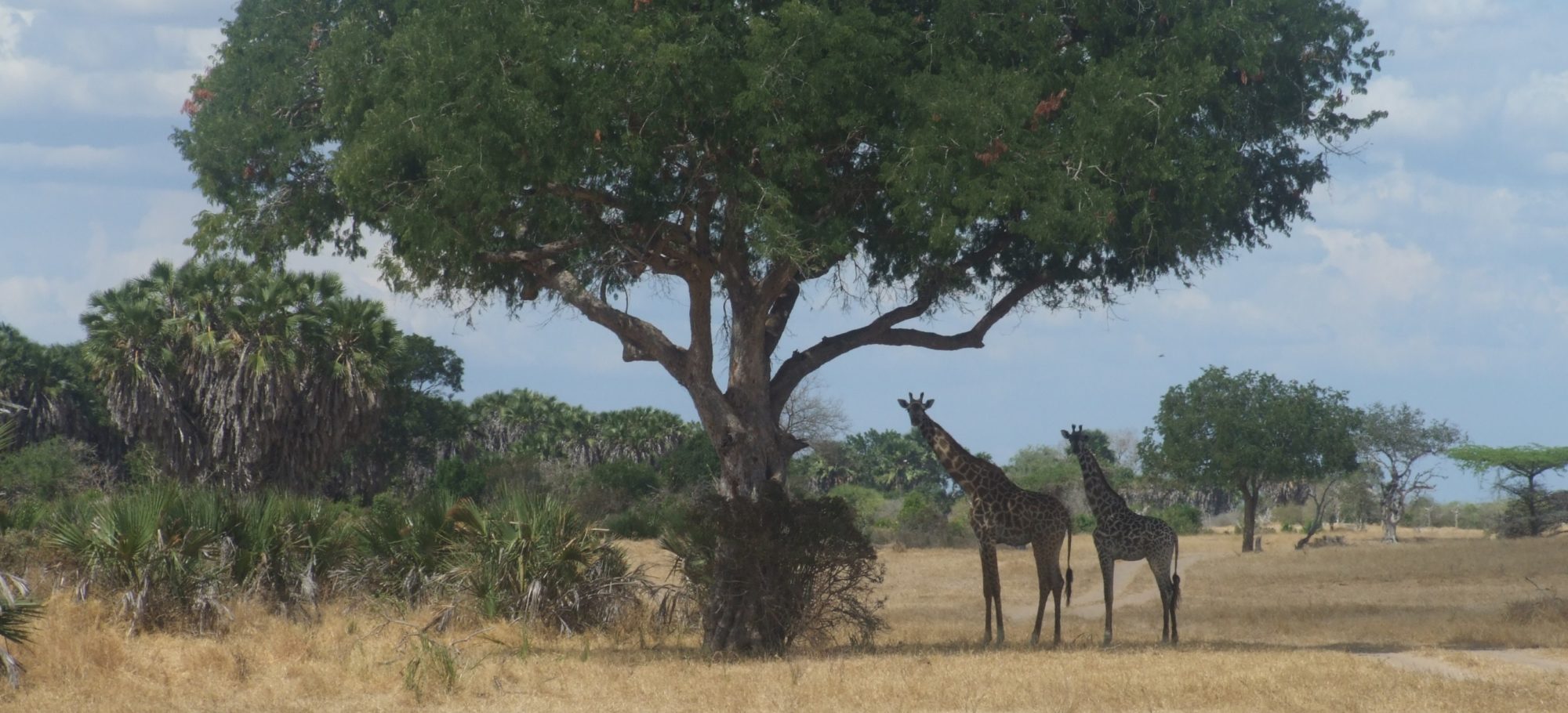
I wrote about this find (click here to read the original article) as one of just 7 of this species (spade-toothed beaked whale) to have washed ashore, it was too important an opportunity to find out something about this species in the wild.
Whales do eventually sink to the ocean floor, so it is quite difficult to know how many spade toothed whales there are left in the world (as we only encounter those which wash up on shore). They are thought to be very rare, but this is just conjecture. This is because, having been timed, holding breath for 87 minutes (and theorized that they might be able to last more than 2 hours), they would only have to surface perhaps 15 times in a 24 hour period. Furthermore, given their incredibly low profile in the water, they are likely capable of regularly coming to the surface without being particularly visible. It is true that they have been seen blowing spouts (the puff of moisture and air that signals a whales breath), but given their low profile, perhaps they are capable of exhaling in a less obvious way.
This one in question washed ashore in Otago, on South Island of New Zealand.
Continue reading “Scientists dissect the worlds rarest whale – the Spade-toothed beaked whale for clues on it (almost nothing is known about it)”











